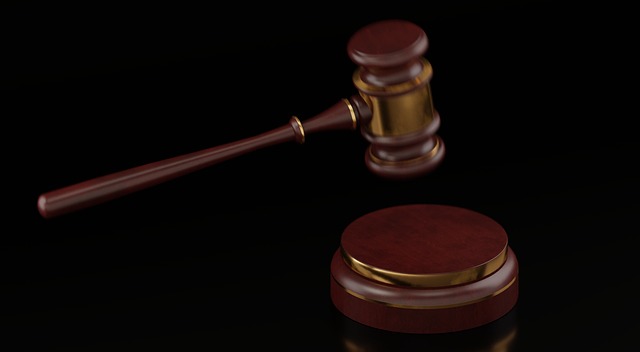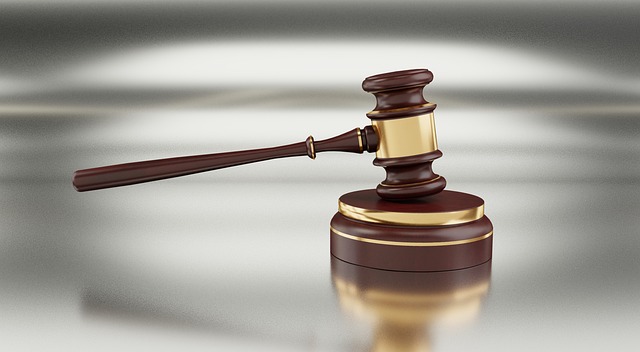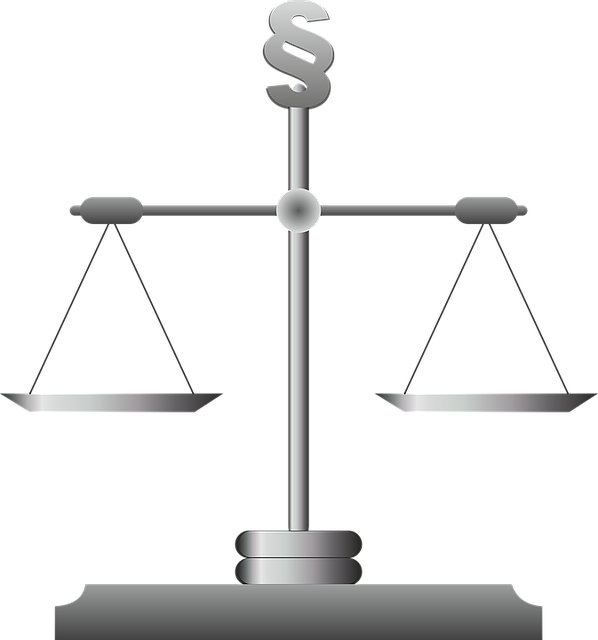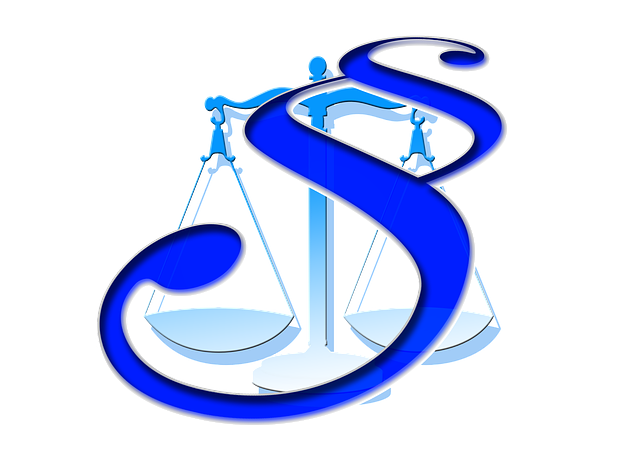Antitrust violation lawsuits, similar to personal injury cases, involve complex procedures with significant financial implications. Anyone harmed by anti-competitive practices can file a lawsuit, requiring detailed documentation and expert testimony to prove direct victimization. The process mirrors civil litigation: filing a complaint, discovery, mediation/arbitration, and trial. Key steps include assessing injuries, gathering evidence, quantifying damages through economic analyses, and presenting robust evidence with expert witnesses. Resolutions may involve negotiation, settlement, or litigation leading to monetary damages, asset divestment, or structural changes in the offending company's operations.
Antitrust violation cases involve unfair business practices that harm consumers, leading to significant economic losses. Understanding these violations, who can file claims, and the legal process behind personal injury lawsuits is crucial for affected individuals. This article provides an in-depth guide on navigating the steps in a personal injury lawsuit process, including defining antitrust issues, assessing damages, and exploring resolution options through negotiation or litigation. By the end, readers will grasp the key elements of pursuing justice in antitrust cases.
- Understanding Antitrust Violations: Definition and Common Scenarios
- Who Can File a Lawsuit for Antitrust Violation? Eligibility Criteria
- The Legal Process: Step-by-Step Guide to Filing a Personal Injury Claim
- Gathering Evidence and Damages Assessment in Antitrust Cases
- Resolving Antitrust Violation Cases: Negotiation, Litigation, and Potential Outcomes
Understanding Antitrust Violations: Definition and Common Scenarios

Antitrust violations refer to actions by businesses that restrict competition or harm consumers. These can include price-fixing, market division, and monopolization tactics. Common scenarios involve companies colluding on pricing, limiting product availability, or dividing markets geographically to eliminate competition. Understanding these violations is crucial as they often result in high-stakes cases with significant financial implications for both businesses and consumers.
The steps in a personal injury lawsuit process are relevant here as antitrust violations can lead to injuries for consumers, much like physical harm in traditional personal injury cases. Just as each personal injury case progresses through all stages of the investigative and enforcement process, from initial complaint to trial and appeal, antitrust cases follow a series of detailed procedures. Achieving extraordinary results often depends on meticulous documentation, expert testimony, and legal strategies tailored to the specific violations involved.
Who Can File a Lawsuit for Antitrust Violation? Eligibility Criteria

In antitrust violation cases, anyone who has suffered harm due to anti-competitive practices can file a lawsuit. This includes both corporate and individual clients who have incurred losses as a result of such activities. To be eligible, plaintiffs must typically demonstrate that they are direct victims of the alleged conspiracy or conduct, as outlined in relevant competition laws.
The steps in a personal injury lawsuit process for antitrust violations mirror many civil litigation procedures. These involve filing a complaint with detailed allegations, service of process to the defendant, discovery where both parties gather evidence, and potentially mediation or arbitration before proceeding to trial. The goal is to establish liability and secure winning challenging defense verdicts that compensate victims for their losses.
The Legal Process: Step-by-Step Guide to Filing a Personal Injury Claim
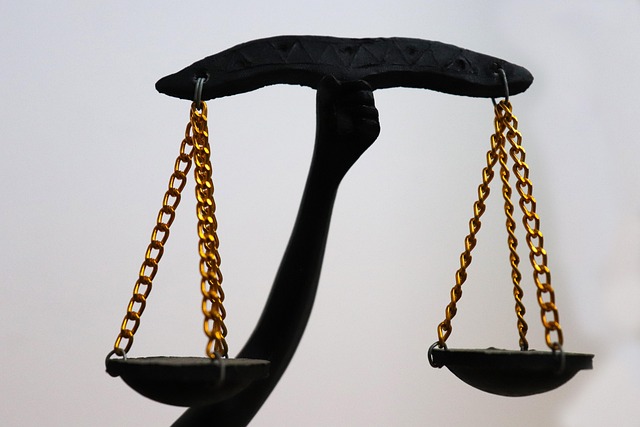
The legal process for filing a personal injury claim involves several key steps. First, it’s crucial to assess your potential case and understand the nature of your injuries. If you’ve suffered physical harm due to someone else’s negligence or intentional actions, consult with an experienced attorney who can help determine liability and damages. This initial consultation is vital for clarifying your rights and options.
Next, gather all relevant evidence, including medical records, police reports, witness statements, and any products or documentation related to the incident. Once prepared, file a claim with the appropriate court within the prescribed statute of limitations, which varies based on jurisdiction and type of injury. After submitting the claim, expect a response from the defendant or their legal representation. If negotiations fail to reach a satisfactory settlement, the case may proceed to trial, where both sides present their arguments, evidence, and witnesses. Achieving extraordinary results often hinges on a comprehensive strategy that addresses medical expenses, pain and suffering, lost wages, and other compensatory damages, while also considering potential white-collar defense strategies if applicable.
Gathering Evidence and Damages Assessment in Antitrust Cases

Gathering evidence is a meticulous process in antitrust violation cases, requiring comprehensive documentation and expert analysis. Plaintiffs must demonstrate harm and quantify damages, often through economic analyses that assess market conditions before and after the alleged violations. This involves examining price trends, market share shifts, and consumer behavior changes specific to the respective business affected. An unprecedented track record of achieving extraordinary results in similar cases can significantly strengthen a plaintiff’s position.
Expert witnesses play a crucial role in this stage, providing insights into industry standards and helping to reconstruct market dynamics. By meticulously following the steps in a personal injury lawsuit process—from identifying key players and relevant documents to analyzing damages—lawyers can build a compelling case. This strategic approach ensures that the evidence presented is not only robust but also effectively communicates the extent of harm suffered by businesses impacted by these violations, potentially leading to substantial compensation.
Resolving Antitrust Violation Cases: Negotiation, Litigation, and Potential Outcomes

Resolving antitrust violation cases involves a delicate balance between encouraging competition and protecting consumers from unfair practices. The process typically begins with an investigation by regulatory bodies to identify potential violations, such as price-fixing or market division. Once identified, several steps can be taken, including negotiation and settlement, which offer a more collaborative approach to resolving the issue without extensive legal battles.
Litigation is another avenue, where both parties present their cases in court. This process involves complex legal arguments and evidence presentation. If the plaintiff prevails, the court may order various remedies, such as monetary damages, asset divestment, or structural changes to the company’s operations. These outcomes aim to rectify the violation, deter future misconduct, and promote fair competition across the country, with successful general criminal defense strategies sometimes leading to winning challenging defense verdicts.
Antitrust violation cases involve complex legal procedures that require careful navigation. Understanding the steps in a personal injury lawsuit process is crucial for victims seeking justice. From gathering evidence and assessing damages to negotiating settlements or litigating, each phase demands meticulous attention. By familiarizing themselves with these processes, individuals can better protect their rights and pursue fair compensation for harm caused by anti-competitive practices. This comprehensive guide equips readers with knowledge to navigate such cases effectively.

